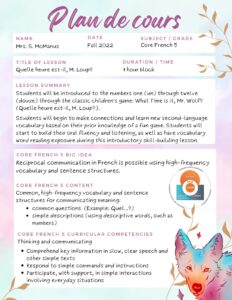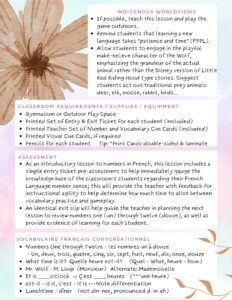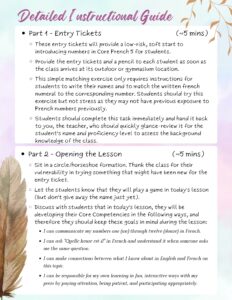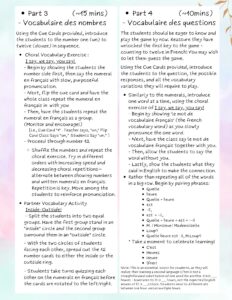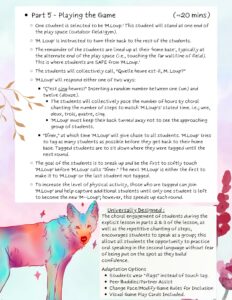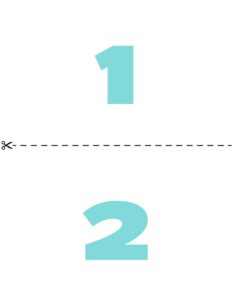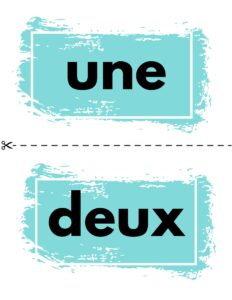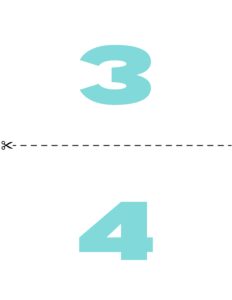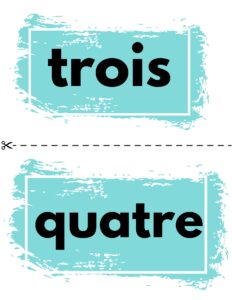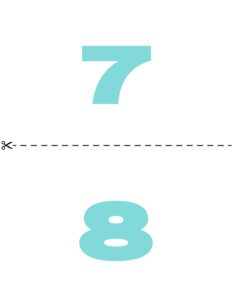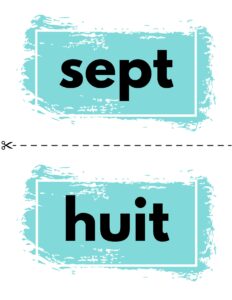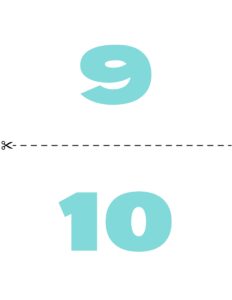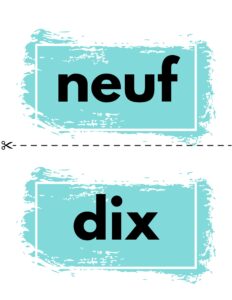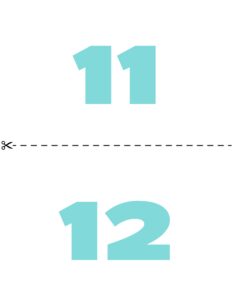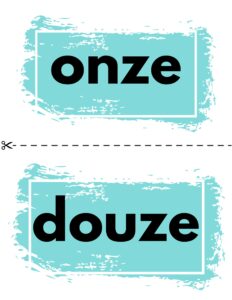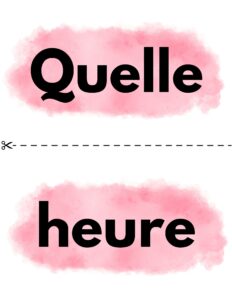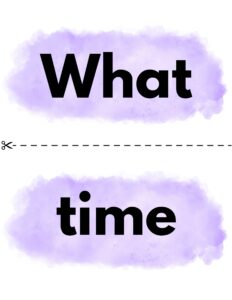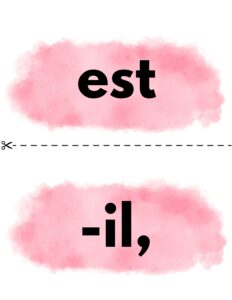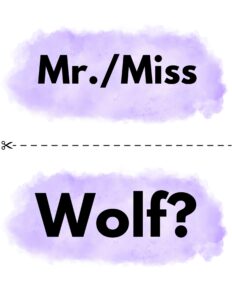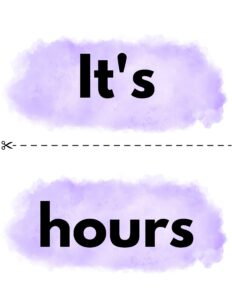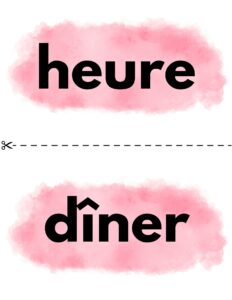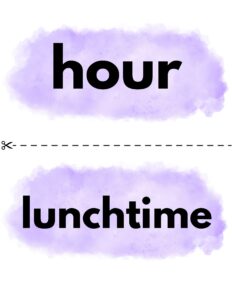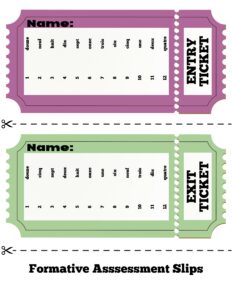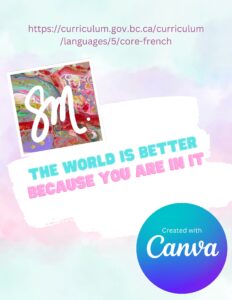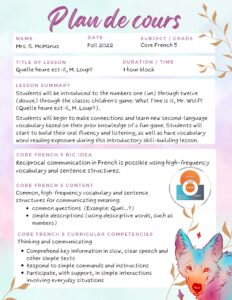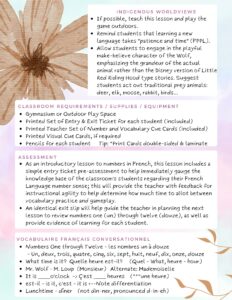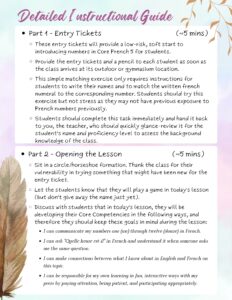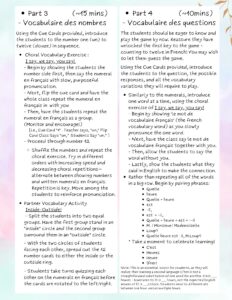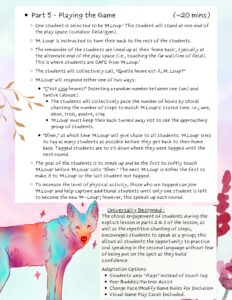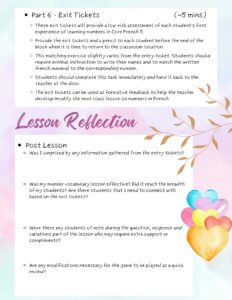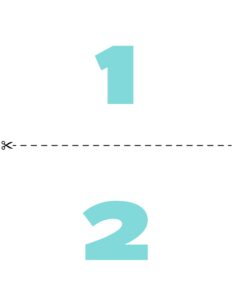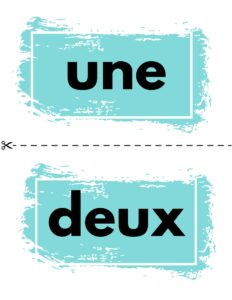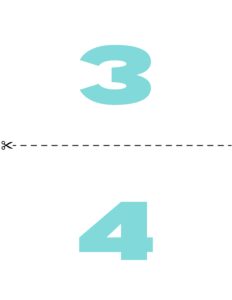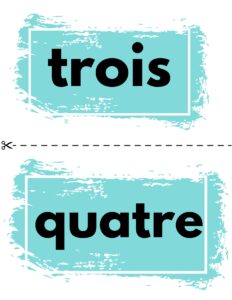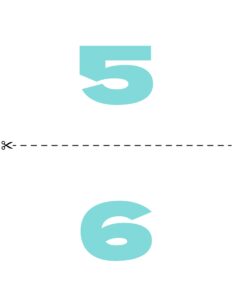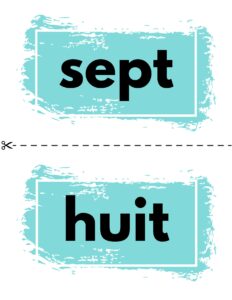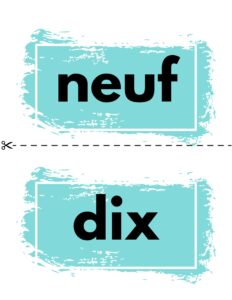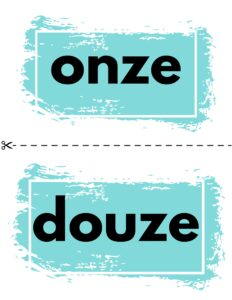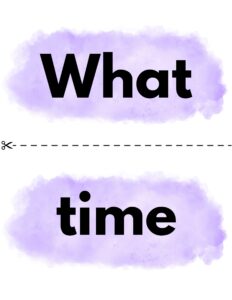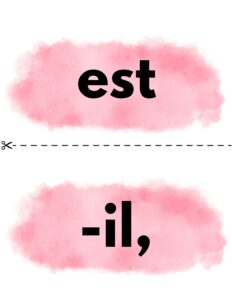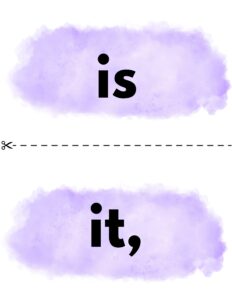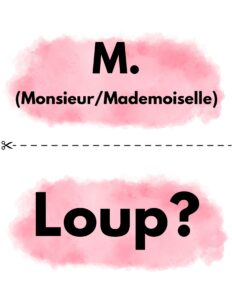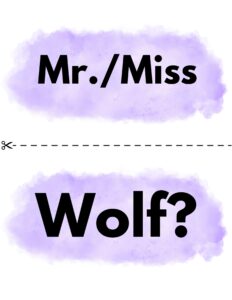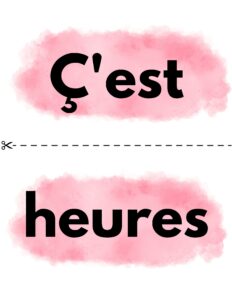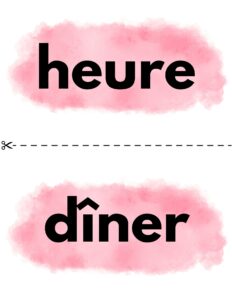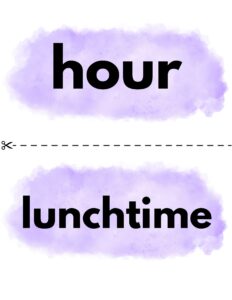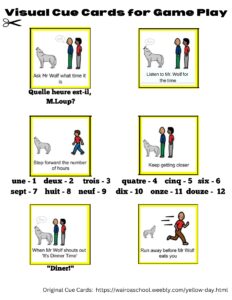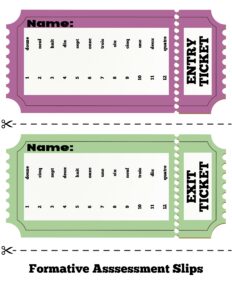Educators demonstrate a broad knowledge base and an understanding of areas they teach.
Educators understand the curriculum and methodologies of areas they teach. Educators teach curricula from Canadian, First Nations, Inuit, Métis, and global perspectives. Educators build upon student capacity for intercultural understanding, empathy and mutual respect. Educators cultivate the values, beliefs and knowledge of Canada’s democratic and inclusive society.
Throughout my life, I have never shied away from learning something new, although this exemplar may also fit Education Standard # 7 (Educators engage in professional learning). I find it an excellent demonstration of my dedication to broadening my knowledge base in preparation for areas I hope to teach.
During my experiential practicum, I was placed in a grade 6-7 classroom whose teacher elected Sign Language as a second language for the students. I thought this was a wonderful idea! I have taught my scouting youth basic alphabetic-based sign language for many years. It would be a quick upgrade of skills to ensure I could teach the grade 5 through 7 BC ASL curriculum and ta-da – a second language in my pocket! Or so I thought until a lecture in our Second Language Course triggered my thinking and a discussion.
Suppose I use my autonomy as an educator and choose to teach ASL in my classroom as a second language, no matter whether it is grade 5, 6, or 7. What kind of disservice am I doing to my students by not teaching them Canada’s national second language? They will be required to take Core French when they move up to the local junior school, where there are no other language options. How far back am I setting them back by not teaching Core French in the elementary years? Teachers have so many other concerns on their plates. Do I need to add a classroom full of students who missed a year’s worth of education because I thought it would be easier for me to teach ASL?
As an aside, if I was super keen, I could still teach my students basic ASL, like how to sign the alphabet. I tend to do it when I am spelling out a word. AND… no matter what, I will also have Carrier language lessons going on, so if I’m going to get their language neurons fired up, I might as well really do it!
This was a pivotal moment for me in my pedagogical development regarding second languages and, for that matter, all subjects. There is not an easy path when it comes to my learning for my students. There are no shortcuts. I may have favourite subjects and ones that maybe I will need to find great resources to help keep me going (ahem..science), but I have to know what I am teaching, and I have to know it well.
That night I came home motivated. I began to write one of my favourite lesson plans – Quelle heure est-il, M.Loup? for Core French 5. I also registered on Duolingo. I have been learning to read, write, and speak for 66 days in a row. I’ll keep going until I can feel confident in my teaching abilities – At 10,000 hours to master something… that should be like 100 Duolingo years 🙂
Core French 5 Lesson Plan – Quelle heure est-il, M.Loup (1) <–Click here for PDF 
Nov 27/22


